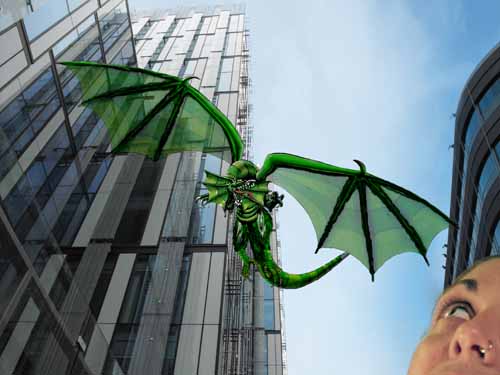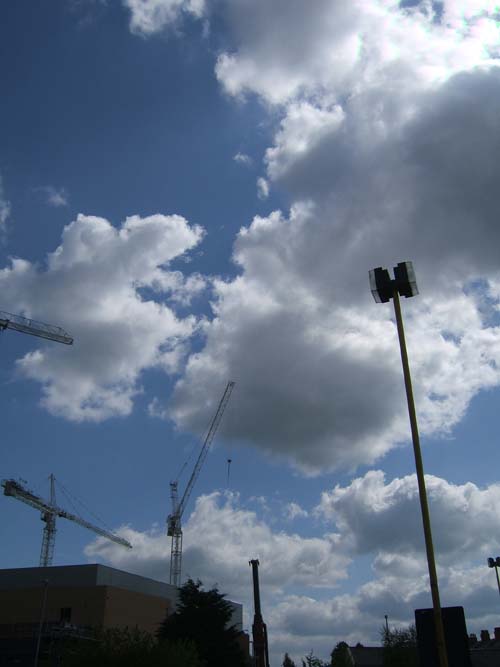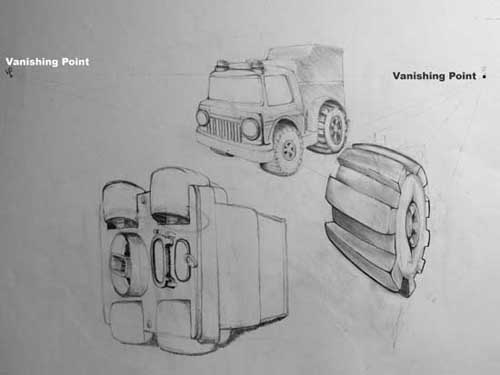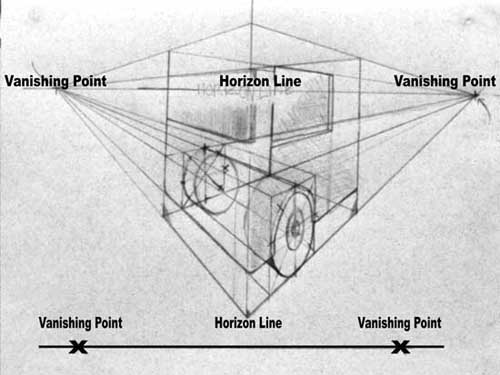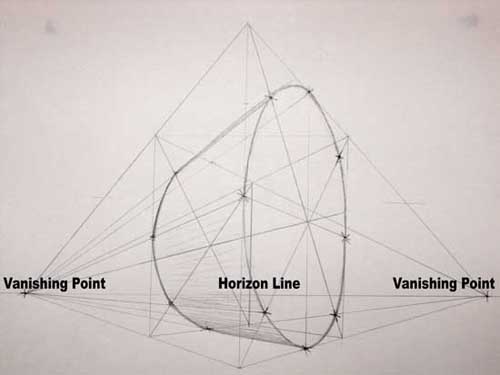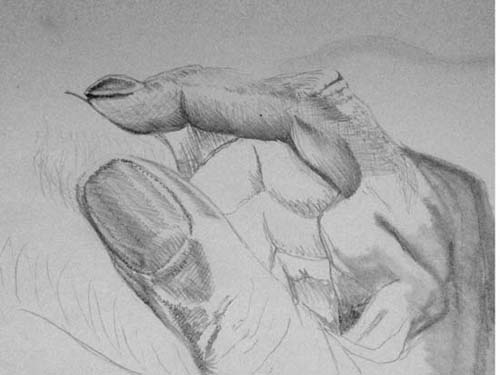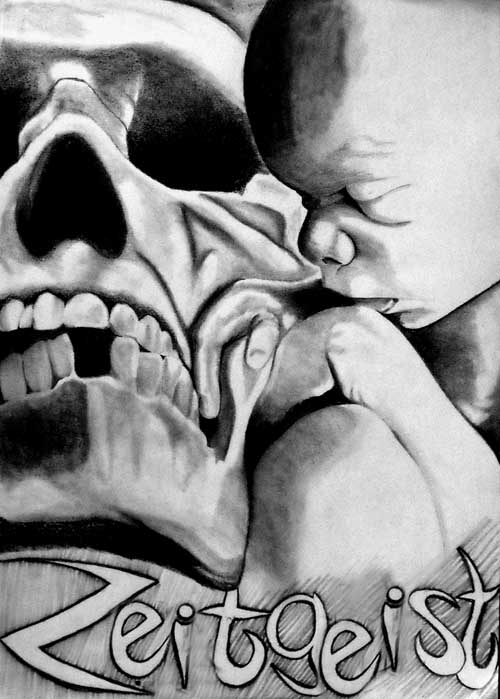In the process of drawing images, we often start out with a basic outline drawing, as the foundation, for learning where everything else goes, in relation to the outline and each other. The problem I find with many beginners and well practiced people alike, is they do not always, understand outlines very well, also as in the case of beginners, they do not understand at all, in many instances.
The easiest way to draw and understand outlines, is by using tracing methods of drawing because when you trace an image, you can only, realistically make an outline, as tracing doesn’t lend it’s self to shading. Tracing also gives you a better understanding, of how pictures work, especially when trying to understand, construction drawing.

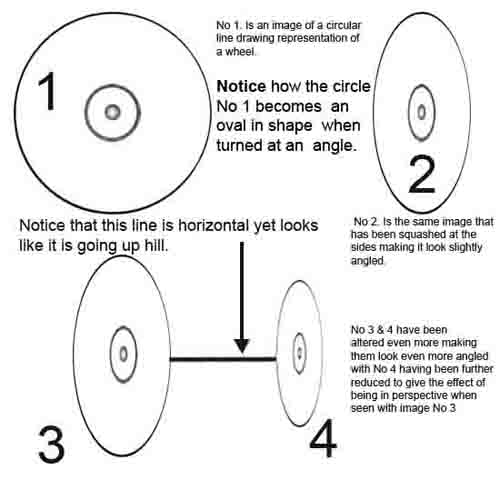
Let me explain, by using a car wheel as an example, we all know that wheels are round but they are only round, when we look at them directly face on, because when we turn them, at an angle, they become, more and more oval, in shape.
The correct term to call this oval shape, is an ellipse and is something many people have problems with, when trying to draw them accurately, to find out more about this, please take look at single point perspective and two point perspective, you will find the both helpful.
Get yourself some pictures that you might like to draw and trace them, so as to be able, to take a look at these images, as only line drawings, you will notice when tracing these outlines, that they are most often, not as you might have thought they are.
Doing this, will help you to understand, that shapes are not often, the shapes we think we see and that wheels, are most often not circular but oval, along with many other shapes we see but actually, only think we see. This is because our brains tell us that wheels are round or that a shape is this shape or that shape, when in actual fact, many shapes are not what we think they are because our brains are telling us what we see, rather than actually, seeing what we see.

